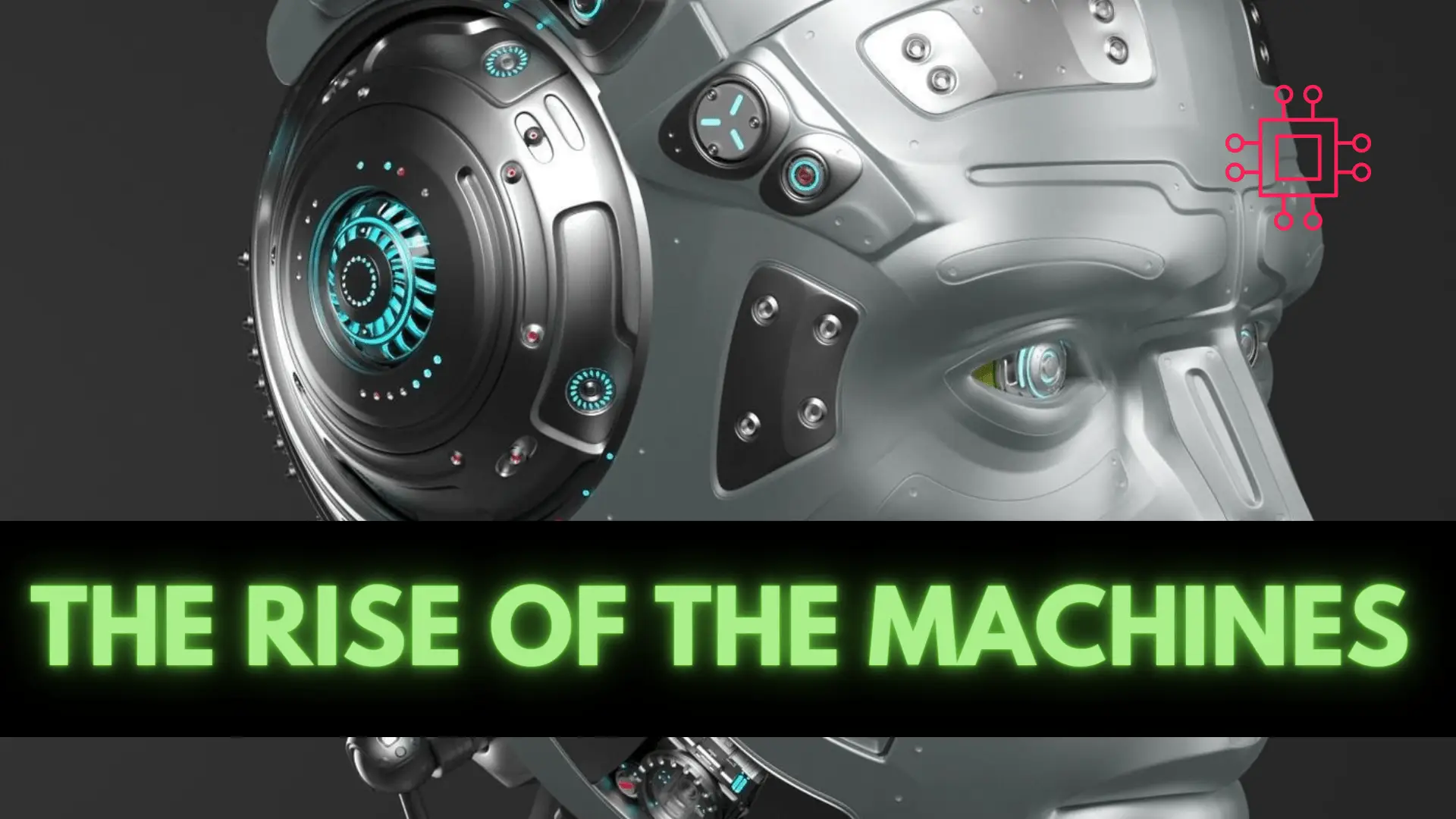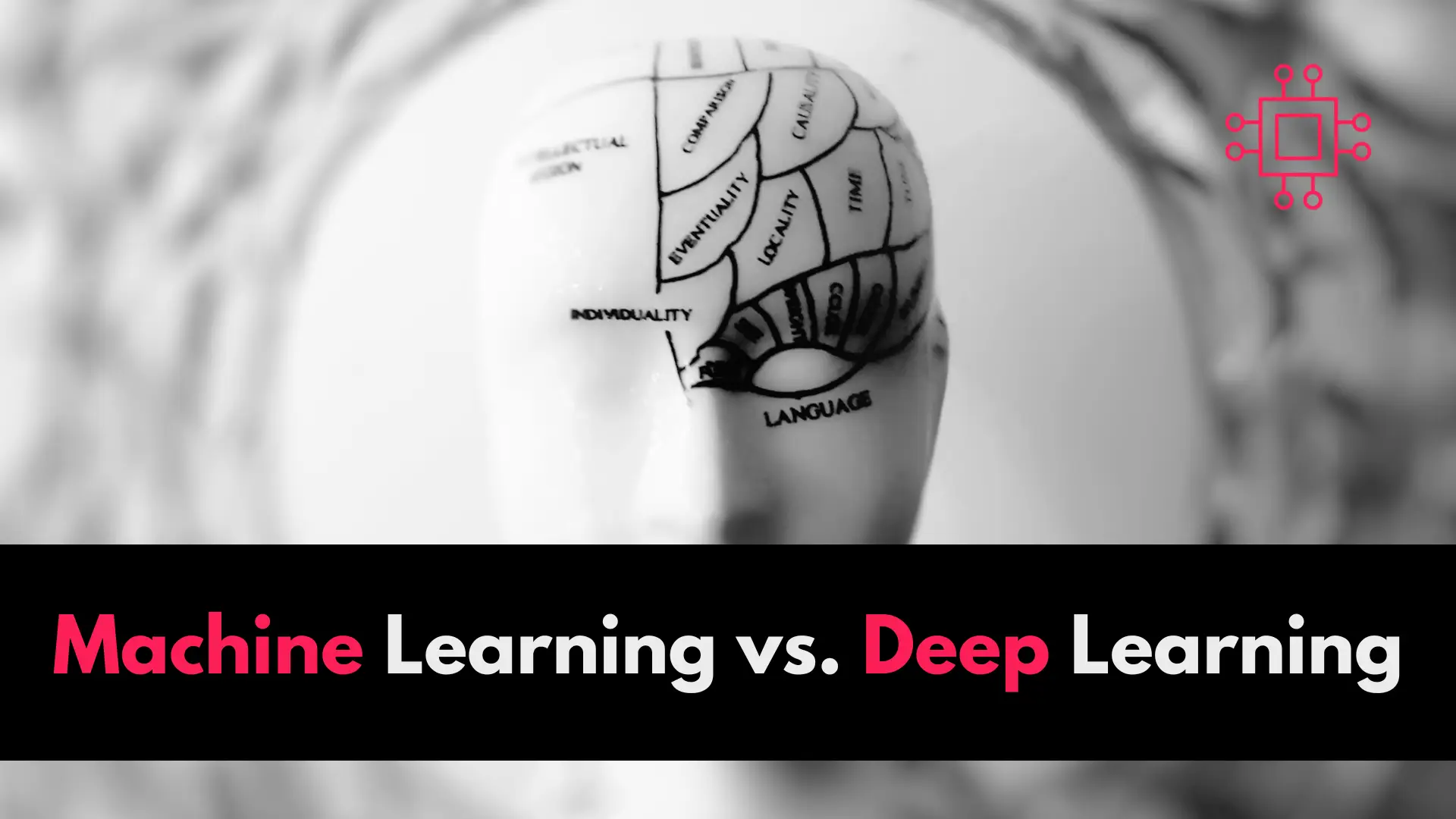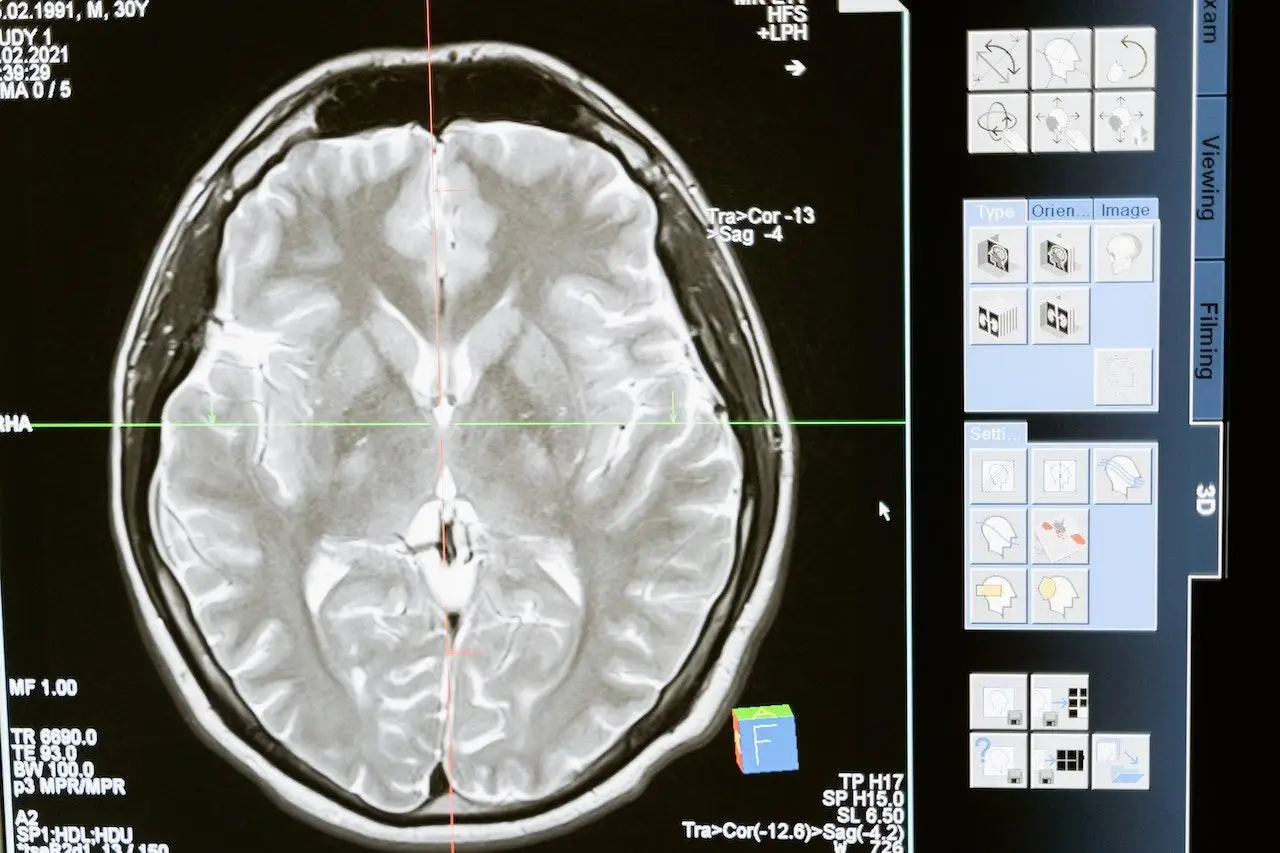
Artificial Intelligence (AI) is one of the most transformative and rapidly evolving technologies of our time. It has come a long way since its inception

Machine learning and deep learning are two of the most important subfields of artificial intelligence (AI), and they have enabled significant advancements in the development of intelligent machines.
Machine learning and deep learning are two of the most important subfields of artificial intelligence (AI), and they have enabled significant advancements in the development of intelligent machines. While both approaches share some similarities, there are also several key differences between them.
This article will provide a detailed explanation of machine learning and deep learning, including their history, what they are, and their role in AI development and advancement. We will also compare and contrast the two approaches, discussing their similarities and differences. Finally, we will provide some recommendations for learning and practicing machine learning and deep learning.

Image by Mart Production from Pexels
Machine learning is a subfield of artificial intelligence that involves training machines to learn from data. It involves using algorithms that can identify patterns in data and make predictions based on that data. The primary goal of machine learning is to create models that can make accurate predictions or decisions based on input data.
Machine learning has its roots in the 1940s, with the development of the perceptron algorithm by Frank Rosenblatt. The perceptron was a simple algorithm that could learn to recognize patterns in data and make predictions based on that data.
In the 1950s and 1960s, researchers began to develop more sophisticated machine learning algorithms, including decision trees and neural networks. These algorithms enabled machines to learn from more complex data sets and make more accurate predictions.
In the 1970s, the development of statistical methods for machine learning led to the emergence of more powerful algorithms that could handle large, complex data sets. Since then, machine learning has continued to evolve and grow, with new techniques and algorithms being developed to tackle increasingly complex problems.
Machine learning involves using algorithms to identify patterns in data and make predictions or decisions based on that data. The process of machine learning involves several key steps, including:
Data preparation: Data must be collected and preprocessed to ensure that it is of high quality and that it can be used effectively by machine learning algorithms.
Model training: Machine learning models are trained on data sets, with the goal of identifying patterns and relationships in the data.
Model evaluation: Machine learning models are evaluated based on their accuracy, and their performance is measured against a set of predetermined metrics.
Model deployment: Once a machine learning model has been trained and evaluated, it can be deployed in a production environment to make predictions or decisions based on new data.
Machine learning plays a critical role in the development of artificial intelligence. It enables machines to learn from data, making it possible to create intelligent systems that can make decisions, recognize patterns, and perform complex tasks. Machine learning is used in a wide range of applications, including computer vision, natural language processing, speech recognition, and robotics.
There are several platforms available for learning and practicing machine learning, including:
Scikit-learn: Scikit-learn is an open-source machine learning library for the Python programming language. It provides a wide range of algorithms and tools for machine learning, making it a popular choice for beginners.
TensorFlow: TensorFlow is an open-source machine learning framework developed by Google. It is designed for building and training deep neural networks and is widely used in applications such as image and speech recognition.
Keras: Keras is a high-level neural network API that runs on top of TensorFlow. It is designed to make building and training neural networks easier and more accessible for beginners.
Deep learning is a subfield of machine learning that involves the use of deep neural networks. It involves training neural networks with many layers to learn from complex data sets. The primary goal of deep learning is to create models that can make more accurate predictions or decisions than traditional machine learning models.
Deep learning has its roots in the 1940s, with the development of the first artificial neural networks by Warren McCulloch and Walter Pitts. However, it was not until the 1980s that the first practical deep neural networks were developed, including the backpropagation algorithm.
In the 2000s, the availability of large amounts of data and the development of more powerful computing hardware led to renewed interest in deep learning. In 2006, Geoffrey Hinton and his colleagues introduced the idea of using deep neural networks for speech recognition, leading to significant improvements in the accuracy of speech recognition systems.
In the years since, deep learning has become a critical component of artificial intelligence, enabling breakthroughs in computer vision, natural language processing, and robotics.
Deep learning is a subfield of machine learning that involves training neural networks with many layers to learn from complex data sets. Deep learning algorithms can automatically learn to recognize patterns and features in data, enabling them to make more accurate predictions or decisions.
The process of deep learning is similar to that of machine learning, but it involves more complex models and larger data sets. The key steps in the deep learning process include:
Data preparation: Deep learning requires large amounts of data to train neural networks, so data must be collected and preprocessed to ensure that it is of high quality and can be used effectively by deep learning algorithms.
Model training: Deep learning models are trained on large data sets using neural networks with many layers. The goal is to identify complex patterns and features in the data that can be used to make accurate predictions or decisions.
Model evaluation: Deep learning models are evaluated based on their accuracy, and their performance is measured against a set of predetermined metrics.
Model deployment: Once a deep learning model has been trained and evaluated, it can be deployed in a production environment to make predictions or decisions based on new data.
Deep learning plays a critical role in the development of artificial intelligence, enabling breakthroughs in computer vision, natural language processing, and robotics. Deep learning algorithms are used in a wide range of applications, including image and speech recognition, natural language understanding, and autonomous vehicles.
There are several platforms available for learning and practicing deep learning, including:
TensorFlow: TensorFlow is an open-source machine learning framework developed by Google. It is designed for building and training deep neural networks and is widely used in applications such as image and speech recognition.
PyTorch: PyTorch is an open-source machine learning framework developed by Facebook. It is designed to make building and training deep neural networks easier and more accessible for beginners.
Keras: Keras is a high-level neural network API that runs on top of TensorFlow. It is designed to make building and training neural networks easier and more accessible for beginners.
Machine learning and deep learning share some similarities, but there are also several key differences between the two approaches.
Both approaches involve training models to make predictions or decisions based on input data.
Both approaches require large amounts of data to train models effectively.
Both approaches use algorithms to identify patterns and relationships in data.
Deep learning models use neural networks with many layers, while machine learning models use simpler algorithms.
Deep learning requires larger amounts of data than machine learning.
Deep learning can achieve higher levels of accuracy than machine learning, but it is also more computationally intensive.
Deep learning is better suited for applications that require a high degree of accuracy and can handle large amounts of data, while machine learning is better suited for simpler applications with smaller amounts of data.
Machine learning models can be trained more quickly than deep learning models, making them more suitable for applications that require rapid prototyping.
Deep learning models require specialized hardware, such as graphics processing units (GPUs), to achieve maximum performance, while machine learning models can run on standard hardware.
Deep learning models are more complex and difficult to interpret than machine learning models, making it more challenging to understand how they make decisions.
Deep learning requires more expertise to implement effectively than machine learning, as it involves more complex models and larger data sets.
When it comes to choosing a platform for learning and practicing machine learning or deep learning, there are several factors to consider, including:
Ease of use: Some platforms, such as Keras, are designed to make building and training neural networks easier and more accessible for beginners.
Community support: Platforms with active communities can provide valuable resources and support for beginners.
Computational resources: Deep learning requires more powerful hardware than machine learning, so it’s essential to choose a platform that can handle the computational requirements of deep learning models.
Cost: Some platforms, such as TensorFlow and PyTorch, are open source and free to use, while others may require a subscription or payment for access to advanced features or support.
Machine learning and deep learning are two subfields of artificial intelligence that involve training models to make predictions or decisions based on input data. Machine learning involves using algorithms to identify patterns and relationships in data, while deep learning involves training neural networks with many layers to learn from complex data sets.
Both approaches share some similarities, but there are also several key differences between the two, including the complexity of models, the amount of data required, and the computational resources needed. When choosing a platform for learning and practicing machine learning or deep learning, it’s essential to consider factors such as ease of use, community support, computational resources, and cost.
Was this article helpful to you? If so, leave us a comment below. We’d love to hear from you!
Related Posts

Artificial Intelligence (AI) is one of the most transformative and rapidly evolving technologies of our time. It has come a long way since its inception

In this article, we will examine the evolution of Computer Vision. It is a subfield of Artificial Intelligence that aims to enable computers to interpret
